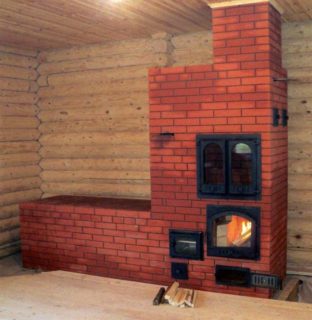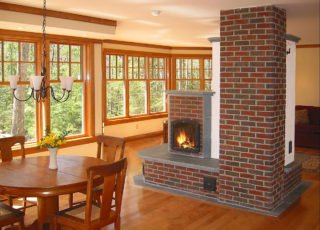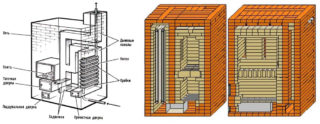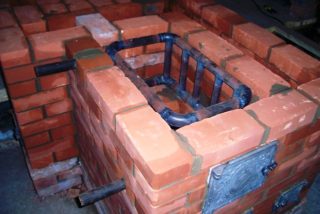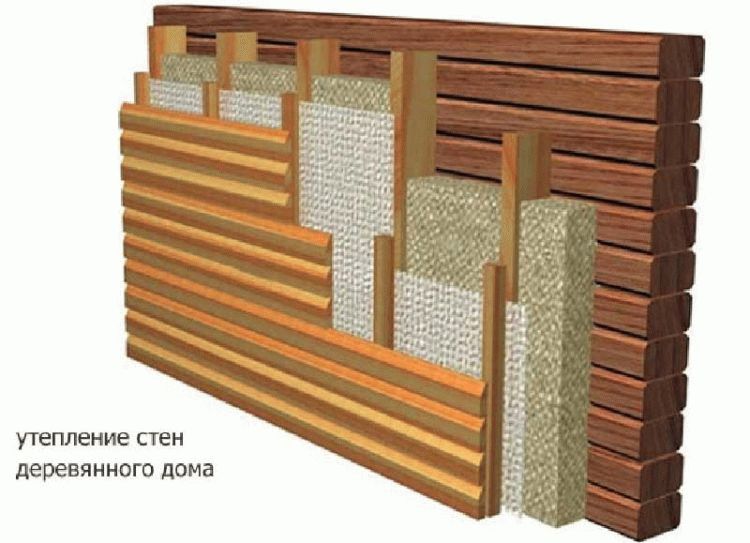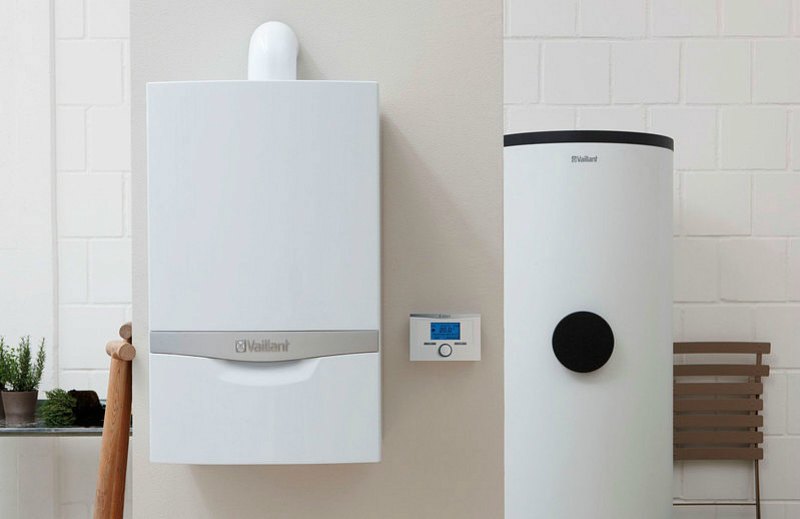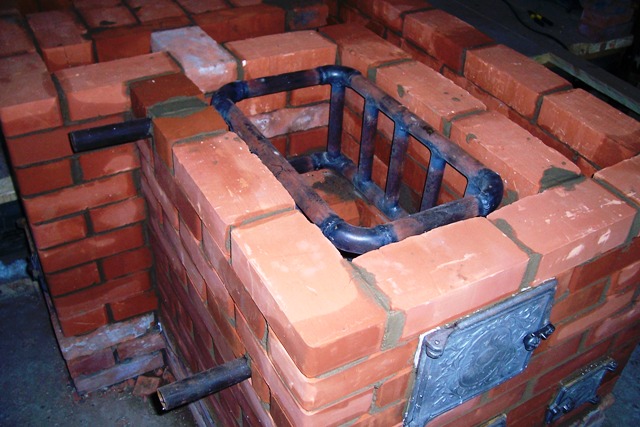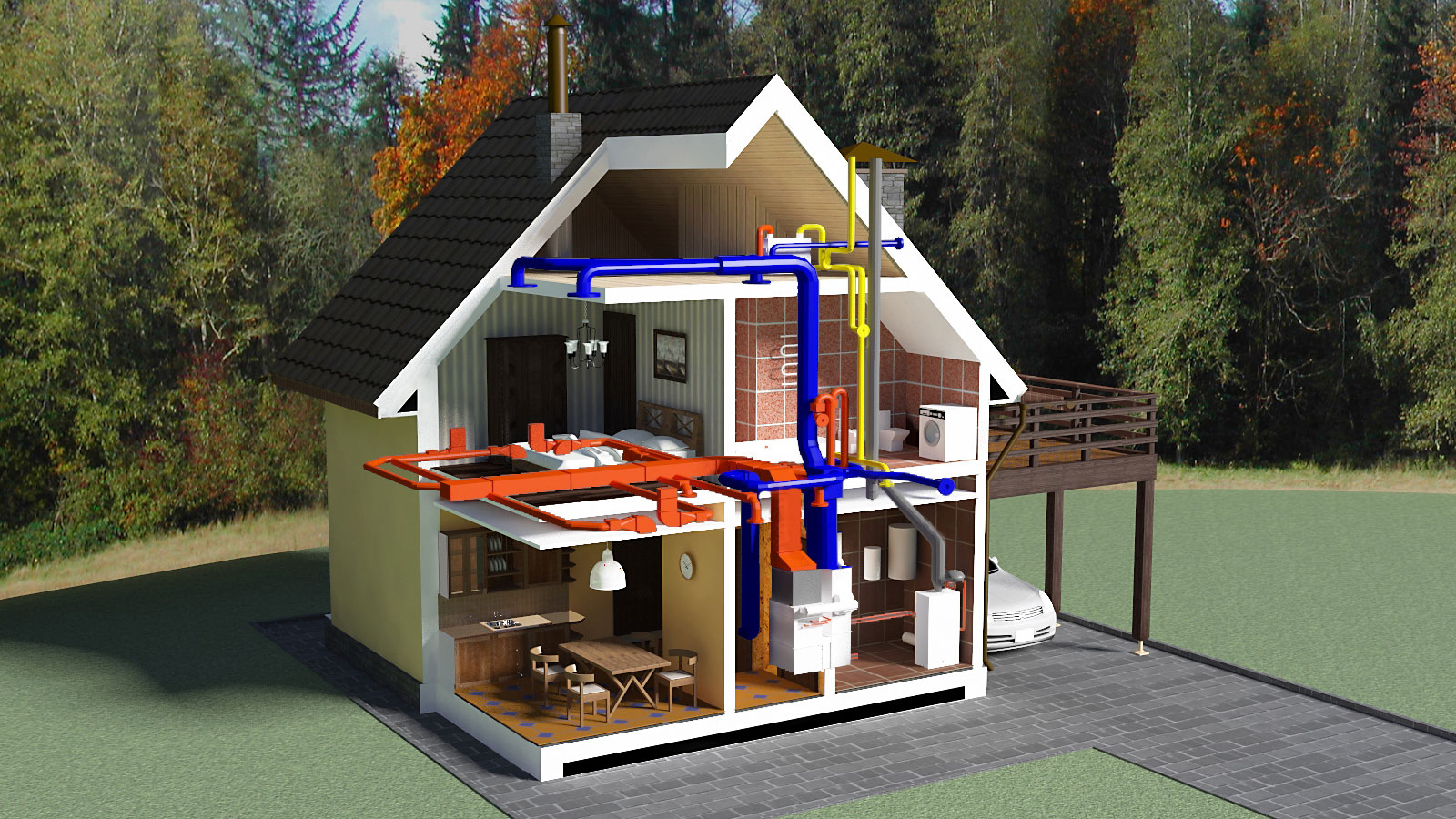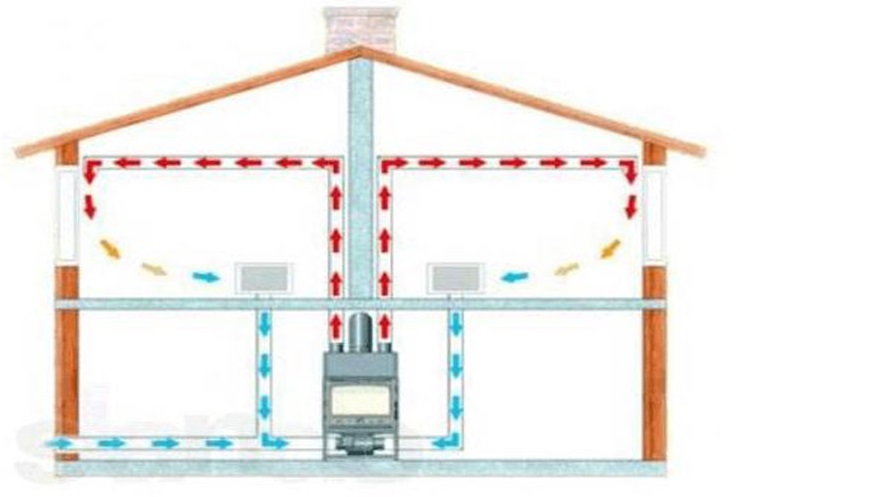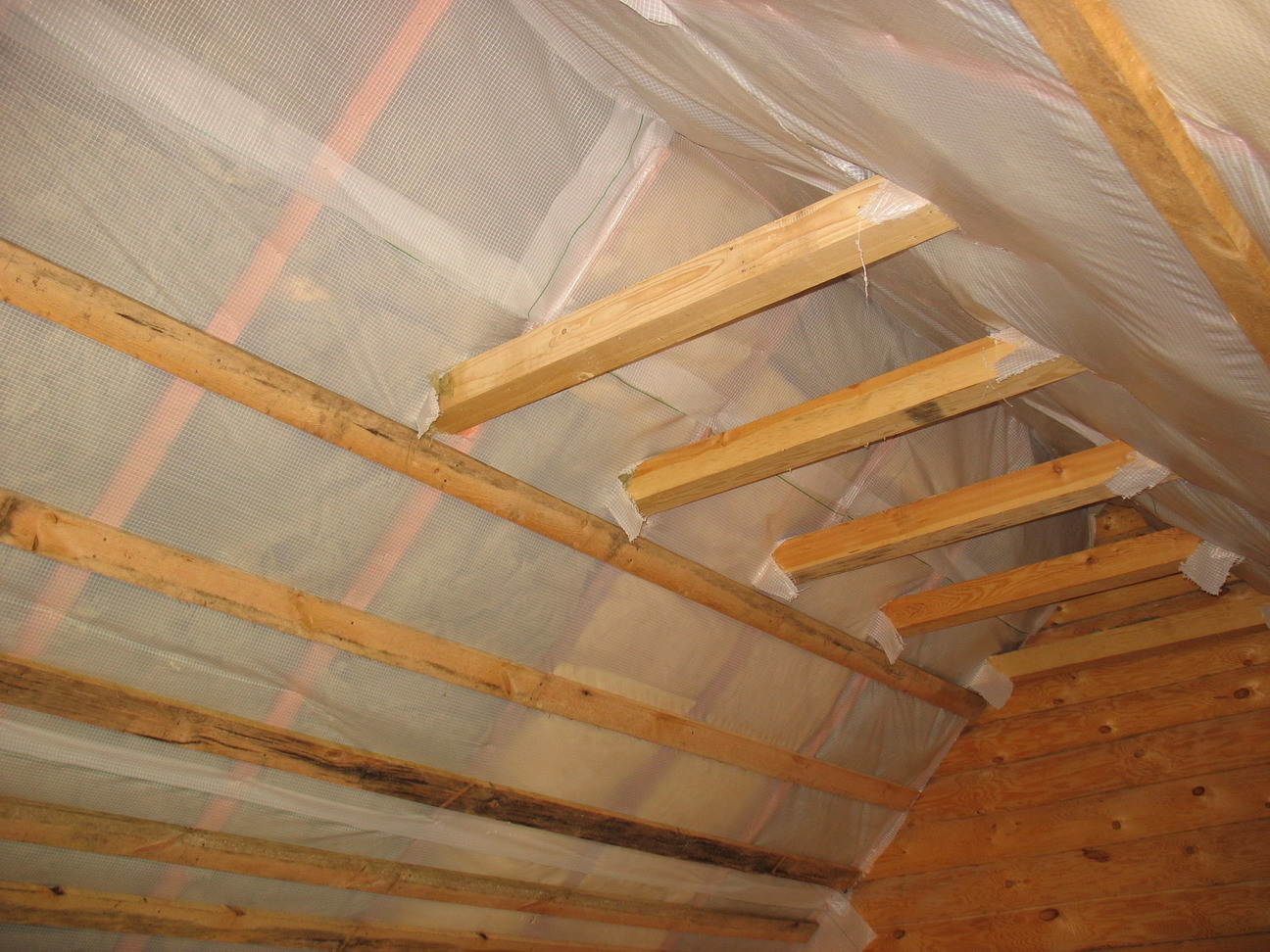The most comfortable and suitable for living are houses equipped with a reliable thermal insulation system, which allow us to enjoy the warmth even in the most severe frosts. But in order for the room to become truly cozy, it is necessary to have a reliable source of heat. One of such sources can rightfully be called stove heating.
Traditional oven
The heating of the boilers inside the stove occurs due to the fire burning in the firebox, which gives off a large amount of heat. Classic stoves were small in size and at the same time heated rather large houses. Their masonry was made mainly of red bricks, laid on a special clay mortar, and they looked something like this - a chimney, a furnace, an ash collection and boilers.
Advantages and disadvantages of the classic version
- economical installation. During its construction, various natural components are used. Therefore, the purchase of materials will not require large expenses;
- ease of use and unpretentious care;
- the possibility of its manufacture in the form of a fireplace, thereby we equip our interior with a unique design solution;
- high efficiency. A properly folded oven can have an efficiency of about 60%;
- the ability to adjust the intensity of fuel combustion, thereby increasing its economy. You can also regulate the room heating temperature using the dampers.
This design, if installed incorrectly, may have several disadvantages:
- it will take a long time for the stove to warm up the entire room well. The larger the heated area, the longer it takes to establish a comfortable temperature in it;
- the possibility of loss of living space. If you build a stove incorrectly, then it can cause a lot of inconvenience;
- the risk of uneven heating. The temperature near the stove will be higher, and the distant rooms will remain untouched;
- fire hazard and risk of carbon monoxide poisoning.
If all the norms and rules for the installation of such heating systems are fully complied with, then there will be no problems with them.
Stove heating with water boiler
A very convenient and versatile system. It harmoniously combines all the advantages of solid fuel and water heating, which allows us to use it for uniform heating of several rooms at once.
Design features
The structure and purpose of the register have their own characteristics. The shape of this part can be varied, the main thing is that it allows the liquid to circulate throughout the heating system, and also retains heat for a long time.For the manufacture of the register, sheet metal with a thickness of about 5 mm or water pipes is used. Structures made of sheet steel are quite easy to descale, but have a small heating area. But coils made of pipes warm up better and do not interfere with the free circulation of liquid, but it is very problematic to clean them of combustion products. Very often they are made to order, for certain dimensions of the furnace.
Installation and design
It is very important to pay attention to fire safety, namely:
- we leave a space of at least half a meter between the wooden parts of the house and the stove, since a common cause of ignition is excessive heating of wooden structures;
- easily flammable parts should be lined with bricks or cuttings should be installed - structures made of refractory materials;
- before installing the stove, it is necessary to reinforce the floor, as well as to make it thermally insulated. If the weight of the finished structure is more than 700 kg, we will need to make a special concrete platform and disconnect it from the foundation with a layer of sand.
When choosing the appearance of the heating system, one should be guided only by personal wishes and interior features. Masonry options and register installation can be found in specialist literature.
Installation features
There are 2 ways to install such a heating with a water boiler - to build a stove for an existing register or fix it on a finished structure. The second option is the most laborious, since it requires dismantling the old register, making a new analogue of the same dimensions, and then installing it in its original place. In this case, you need to pay attention to the fact that the volume of the water tank is at least 4 cm, otherwise the water in it will quickly boil. It is also possible to install a pump that speeds up the water circulation process without the risk of boiling.
If all the rules are followed during the installation of this system, and only high-quality materials are used, then in this case it will serve us for many years.

